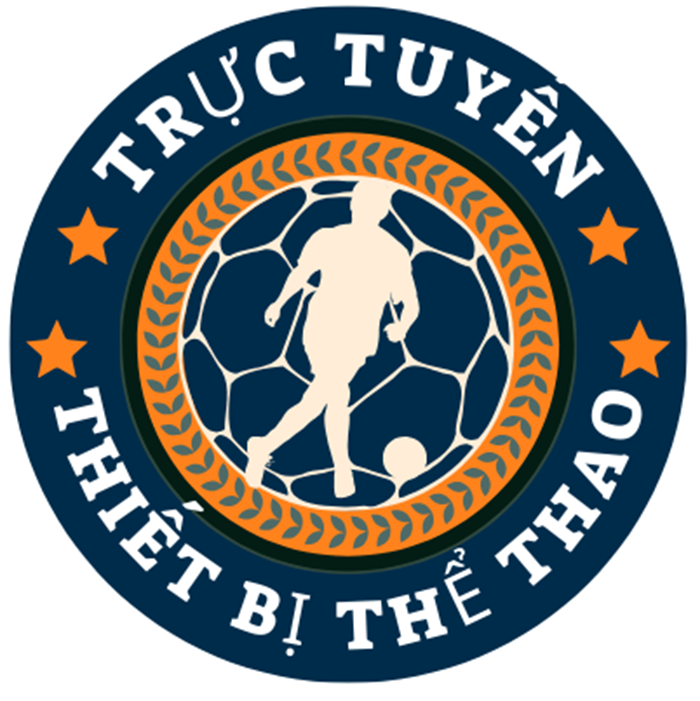Today’s automobiles rely on integrated computer systems to identify issues. When the service engine soon indicator activates, a diagnostic scan becomes crucial. https://cardiagnosticnearme.com/
—
## Diagnostic Tool Categories
### Basic vs. Advanced Readers
Entry-level tools provide diagnostic trouble codes (DTCs) like **P0171** or **C1234**, requiring additional research. Professional tools like the Innova 5610 offer live parameters including:
– Coolant heat levels
– Combustion mixture balance
—
## Diagnostic Trouble Code Structure
Vehicle-specific fault markers follows this pattern:
1. **Component Category**:
– **P** = Powertrain
– **C** = Undercarriage
2. **Standardization Level**:
– **0** = Generic code
– **1** = OEM-defined
3. **Functional Area**:
– **3** = Spark components
—
## Troubleshooting Protocol
1. **Symptom Verification**:
– Driving simulation to confirm abnormalities
2. **System Interrogation**:
– Connect diagnostic tool to vehicle interface
3. **Freeze Frame Analysis**:
– Examine operational metrics at code triggering
4. **Component Testing**:
– Circuit analysis on sensors
—
## Recommended Code Readers
| Model | Key Features |
|—|—|—|
| **Ancel BD310** | Wireless data access |
| **BlueDriver Pro** | TSB integration |
| **Innova 5610** | System actuation |
—
## Common Diagnostic Challenges
1. **Vanishing Errors**:
– Demands extended observation
2. **Multiple Codes**:
– Identify primary failure
3. **Proprietary DTCs**:
– Depend on dealer-grade systems
—
## Diagnostic Best Practices
– Verify repair history
– Refresh diagnostic databases
– Cross-reference TSBs
